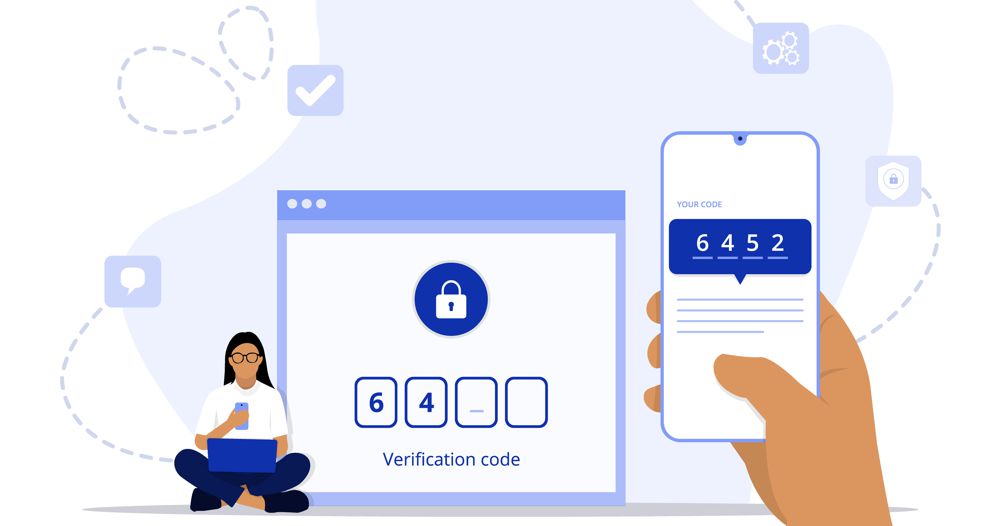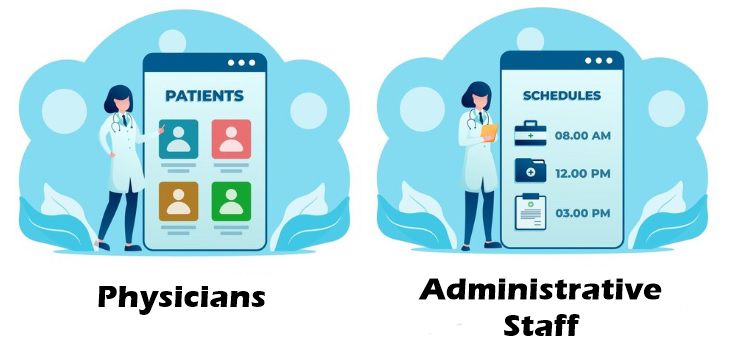Imagine making a payment from your banking app to buy tickets on an event platform. Behind this seemingly simple action, multiple systems are working together: the banking app verifies your funds, the event platform reserves your tickets, and a payment processor authorizes the transaction. All of this happens in seconds thanks to APIs, which act as bridges between these applications.
In this digital ecosystem, where sensitive data constantly travels between systems, ensuring secure communication is not just a best practice, but a critical necessity. The design of secure APIs plays a fundamental role in protecting data integrity and preventing cyberattacks.
Secure API design is a cornerstone of modern system security, enabling applications to communicate efficiently without compromising data integrity.
In this article, we’ll explore the essential principles for building resilient APIs, highlighting how to prevent vulnerabilities and protect your systems against the growing threats in the digital world. Get ready to strengthen your applications and safeguard user trust in every interaction.
API authentication: the cornerstone of secure communication
API Authentication: The Pillar of Secure Communication. API authentication is the fundamental process for verifying the identity of a user or application attempting to interact with the API.

This principle not only ensures that requests originate from legitimate entities but also prevents unauthorized access that could compromise data or system functionality.
In the design of secure APIs, robust authentication mechanisms are essential. The most common options include:
API Keys: A basic solution, useful for identifying applications, but insufficient as the sole security measure.
Token-based Authentication (OAuth2, JWT): These advanced implementations allow for validating user identity, maintaining secure and controlled sessions.
TLS Certificates: Used to authenticate applications at the machine level, ensuring the integrity of communications between systems.
A robust authentication system should incorporate practices such as periodic key rotation, the use of expired tokens, and the implementation of granular roles and permissions to limit access according to the specific needs of each user or application.
Furthermore, integrating continuous monitoring to detect anomalous patterns and potential unauthorized access attempts is key to maintaining operational integrity. Authentication is not just an initial barrier, but the first level of a layered approach that ensures API interactions are secure and reliable.
Multi-Factor Authentication (MFA): Strengthening Security with Multiple Layers
Multi-factor authentication (MFA) is an advanced strategy that adds an extra layer of security by requiring users to verify their identity using at least two different factors. This significantly strengthens protection, even if one of the credentials, such as a password, is compromised.

Authentication factors in an MFA scheme are typically grouped into three main categories:
Something the user knows: such as passwords or PINs.
Something the user owns: such as a mobile device, where a one-time password (OTP) or approval notification is received.
Something the user is: such as biometric data, including fingerprints or facial recognition.

For example, an enterprise API handling sensitive data could implement MFA by requiring users to enter their password and then confirm their identity using a temporary code sent to their mobile device. This ensures that even if credentials are stolen, unauthorized access remains unlikely without the second layer of authentication.

In addition to improving security, MFA acts as a deterrent to attackers, significantly complicating attempts at illegitimate access. For effective implementation, it is recommended to use dynamic methods such as authenticator apps (e.g., Google Authenticator) or hardware-based tokens to minimize reliance on more vulnerable channels like SMS.
MFA not only strengthens initial authentication but can also be applied to critical operations within the API, such as configuration changes or access to highly sensitive information, ensuring continuous protection against threats.
Authorization and Access Control: Ensuring Precise and Limited Interactions
Authorization is the process of defining what actions, data, or resources a user or application can access after being authenticated. It is the next critical step in API security, ensuring that even legitimate entities operate within established boundaries and do not have access beyond what is necessary.
Role-Based Access Control (RBAC): Aligning permissions with responsibilities

Role-Based Access Control (RBAC) is a security approach that assigns permissions to users based on their roles within an organization. This principle ensures that each user has access only to the resources and actions necessary to perform their duties, adhering to the principle of least privilege.
RBAC simplifies permission management in complex systems by grouping capabilities according to predefined roles, such as “Administrator,” “Power User,” or “Basic User.” For example, in a hospital management system:

Physicians: have access to medical records and sensitive patient data.
Administrative staff: can only manage scheduling and appointment information, without access to clinical details.
RBAC not only strengthens security but also improves operational efficiency by simplifying access management. This model is an essential component of any secure API design strategy, preventing unauthorized access and protecting critical data.
Input Validation and Data Sanitization: Protecting Against External Threats
Input validation is one of the fundamental principles for ensuring API security, as it guarantees that received data is appropriate, safe, and conforms to expected formats and values. This practice is essential for preventing common attacks, such as SQL injection and Cross-Site Scripting (XSS), which exploit malicious input to compromise system integrity.
When designing a secure API, every input should be rigorously validated.

This includes rules such as:
Allowed character length: Limiting the number of characters a field can contain.
Data type: Verifying that the received data is of the expected type (for example, ensuring that an ID field is a valid integer).
Value ranges: Checking that the values are within the expected limits (for example, verifying that the number of items in a shopping cart does not exceed a predefined maximum).
Any input that does not meet these criteria should be rejected immediately. This prevents an attacker from sending malicious data or scripts through input forms, which could lead to unauthorized system control or the leakage of sensitive information.
A common example in e-commerce applications is the validation of shopping cart entries. The API should verify that the item ID is a valid integer and that the requested quantity is within an acceptable range, thus preventing a malicious user from injecting incorrect values or executing harmful scripts.
Additionally, data sanitization is crucial. Even if data is validated, some data may require further processing to remove any potentially harmful code (such as scripts) before being processed or stored. This helps protect both the API and end users from critical vulnerabilities.
Implementing rigorous input validation and sanitization at all points of interaction with the API is an essential defense that strengthens overall system security, ensuring that received data is legitimate and does not pose a threat.
Conclusions
Protecting APIs is critical in today’s interconnected digital environment. Careful design and implementation, including robust authentication, authorization, and input validation practices, are key to creating secure systems. These measures not only protect sensitive data but also enhance application reliability and trustworthiness. By adhering to these principles, technology professionals can ensure their APIs are well-prepared to meet the challenges of the modern digital world.
Publications that may interest you:
